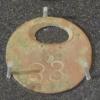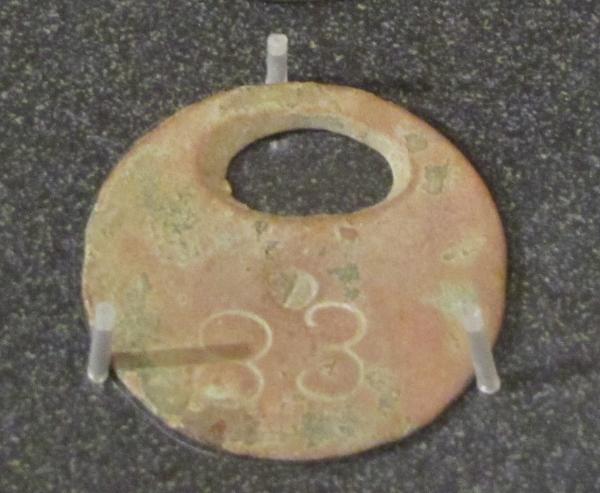Buxton Case Study: Iowa History, A Black Utopia, and the Gilded Age
| Grade | 9th -12th Grades | Class | Length of Lesson | Two 55 minute class periods |
| Lesson Title | Buxton Case Study: Iowa History, A Black Utopia, and the Gilded Age |
| Unit Title | |
| Unit Compelling Question | How has Progressivism shaped how we view government today? |
| Historical Context: Some towns were created with a special purpose. This is especially true of those based upon coal mining, a big industry in Iowa in the late 19th and early 20th centuries The railroads again were a big factor because trains were the major buyers for Iowa coal. Many small coal mines sprang up southeastern and central Iowa. Miners and their families occupied cheap housing near-by, and the rail company sometimes operated general stores and other services for their workers. When the coal ran out in the mine, the mine closed and the miners moved away, creating another Iowa ghost town. Sometimes the houses and other buildings were loaded onto trains and moved to a near-by location where a new mine was opening up. The town of Buxton in southeastern Iowa was unique in that a majority of its residents were African-American. The Consolidated Coal Company worked for the Chicago and Northwestern Railroad. Having a hard time recruiting white miners, Consolidated Coal sent agents to southern states to hire black workers. In 1873, it founded the town of Buxton and opened nearby mines. It grew quickly and, according to one source, became the largest coal town west of the Mississippi. In the 1905 census, the town boasted 2,700 blacks and 1,991 whites. The town supported black doctors, lawyers and other professionals, and an African-American YMCA with a gymnasium, an indoor swimming pool and many programs for Buxton residents. The town was proud of its baseball team, the Buxton Wonders. White residents included immigrants from Sweden and elsewhere, and they existed peacefully with the African-Americans throughout the community's history. Buxton coal production peaked during WWI but afterward, mechanization and conversion of train engines to diesel fuel decreased the demand for coal. Several severe fires ravaged the community and the mines. By 1919, Buxton's population had declined to only 400. The last mine closed in 1927. Residents moved away but fondly remembered their Buxton days. Many blacks moved to Des Moines or Waterloo. Very little physical evidence of the town remains today. Miner's checks, also known as lamp checks, tokens, or tags, were used by mining companies to keep track of how many workers were in a mine in case an accident occurred. This miner's check, in the collection of the African American Museum of Iowa, was used in Buxton, Iowa. |
|
| Lesson Supporting Question | |
| Lesson Overview | This lesson examines Buxton, Iowa—a mining community that existed during the late 19th century and was known for its lack of segregation, quality of life, fair wages, and general equality. This led to the town being called a utopia by many scholars. This is an interesting aspect of Iowa History that relates to the larger unit of the Gilded Age and the Progressive Era. This aligns with standards SS.US.9-12.13 &14, and Econ.9-12.24. |
| Primary Sources Used |
|
| Resources Needed | https://www.youtube.com/watch?v=NtHtQD-CJ7g |
| Standard | |
| Lesson Target | |
| Lesson Themes | African American Experience, Disaster and Crisis, Workers |
|
| Formative Assessment (How will you use the formative assessments to monitor and inform instruction?) |
Students will journal after day one of the lesson as homework/self-assessment and will respond to a prompt asking if students can reiterate what made Buxton unique. |
| Summative Assessment (How does the lesson connect to planned summative assessment(s)?) |
Short essay on Buxton covering what we discussed in class. This will be a take home homework assignment, to be written by hand or typed up if possible. The students will be given the choice of answering one of two questions: “Is Buxton a utopia? Take a stance for either yes or no, and defend your answer by using at least three pieces of evidence from class to support your claim” or “Compare Buxton with either immigrant communities in urban areas or the Jim Crow South. Are they similar or different? In what ways? Use at least 3 pieces of evidence from class to support your claim.” |
| Author | Camille Crossett | Created | Last Edited | ||||
| Reviewer: Dr. Lisa Millsaps, University of Northern Iowa | |||||||
| Lesson Plan Development Notes: Teaching Methods, University of Northern Iowa, Fall 2018 | |||||||


